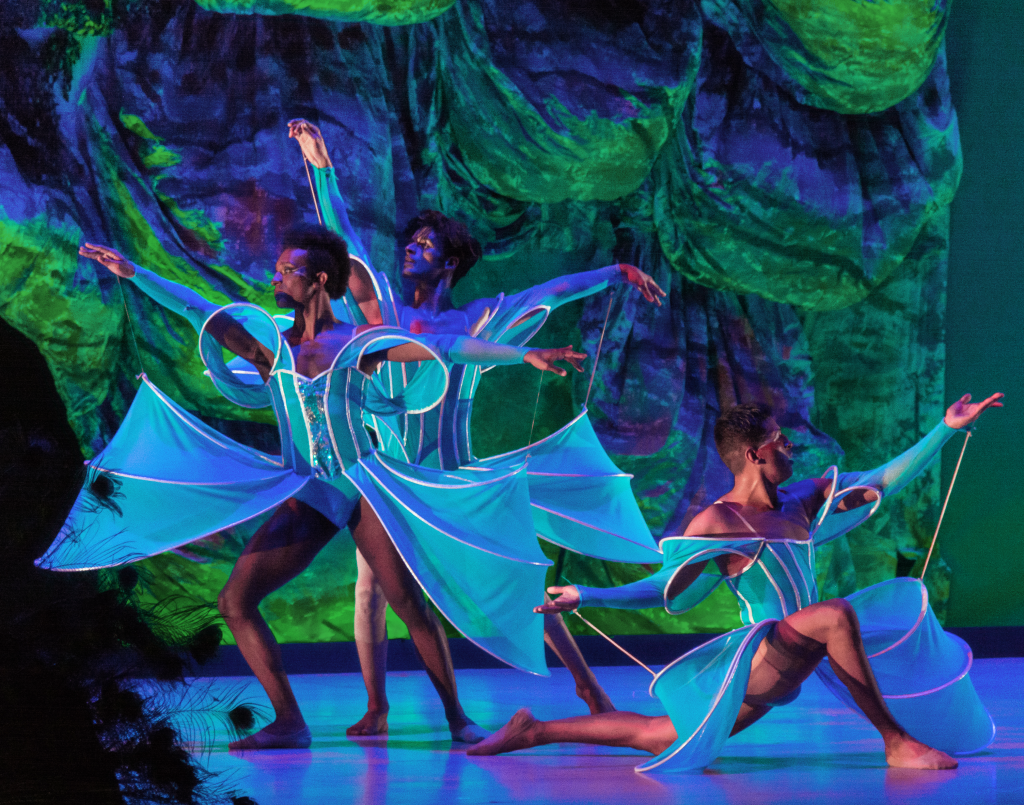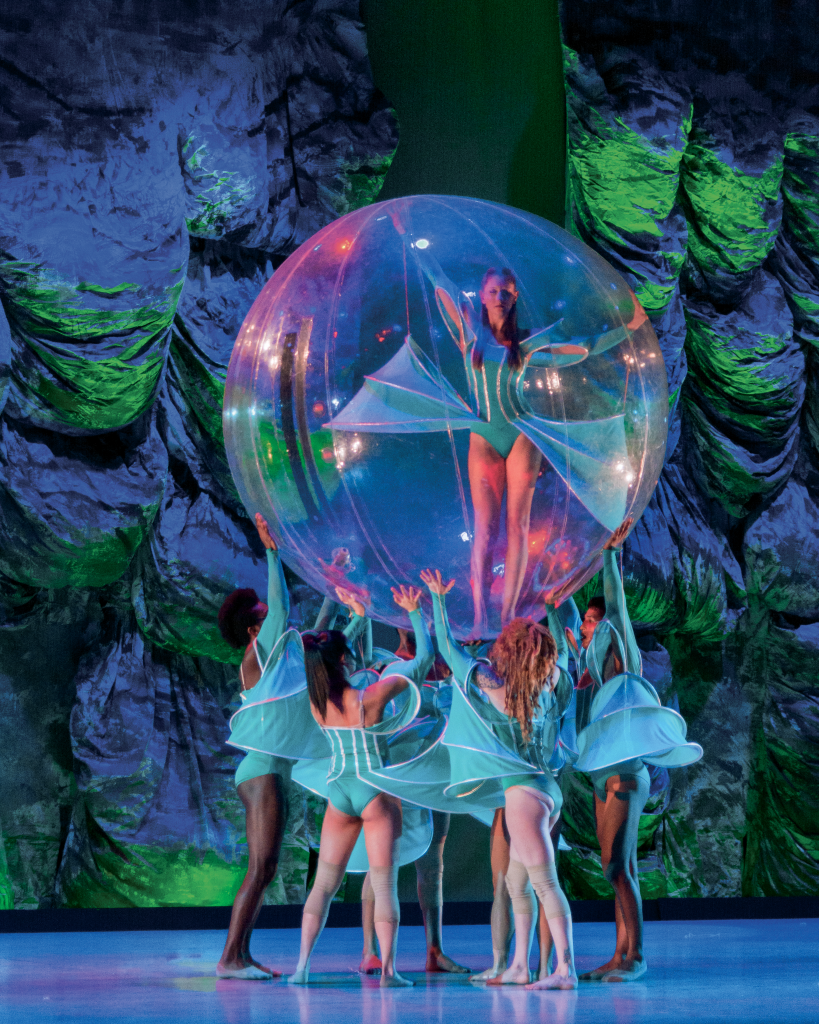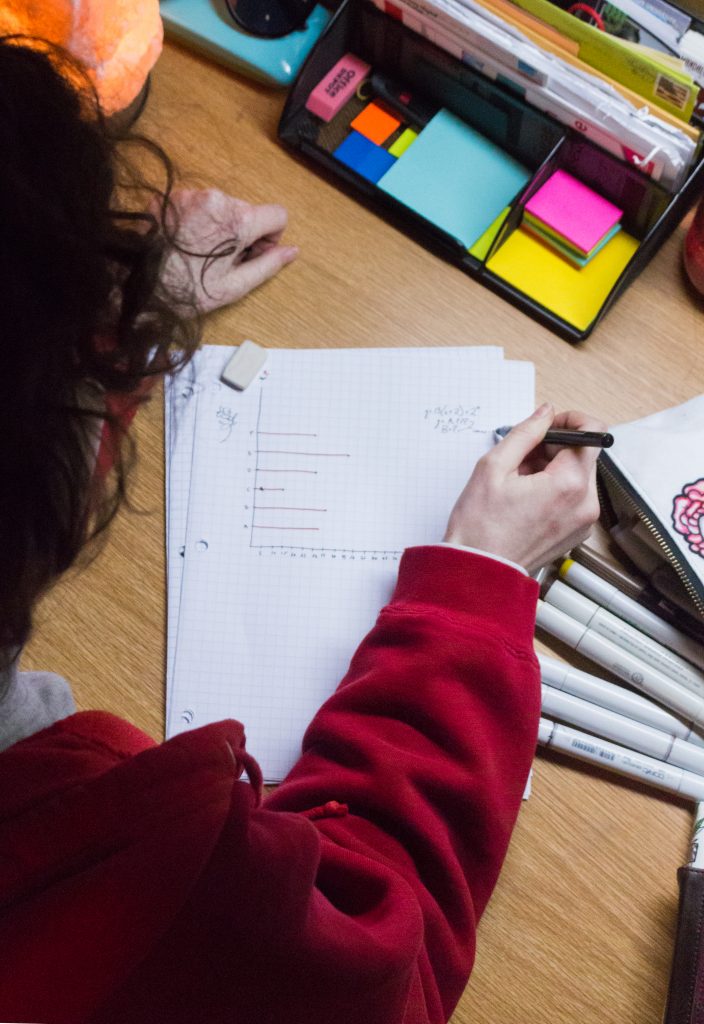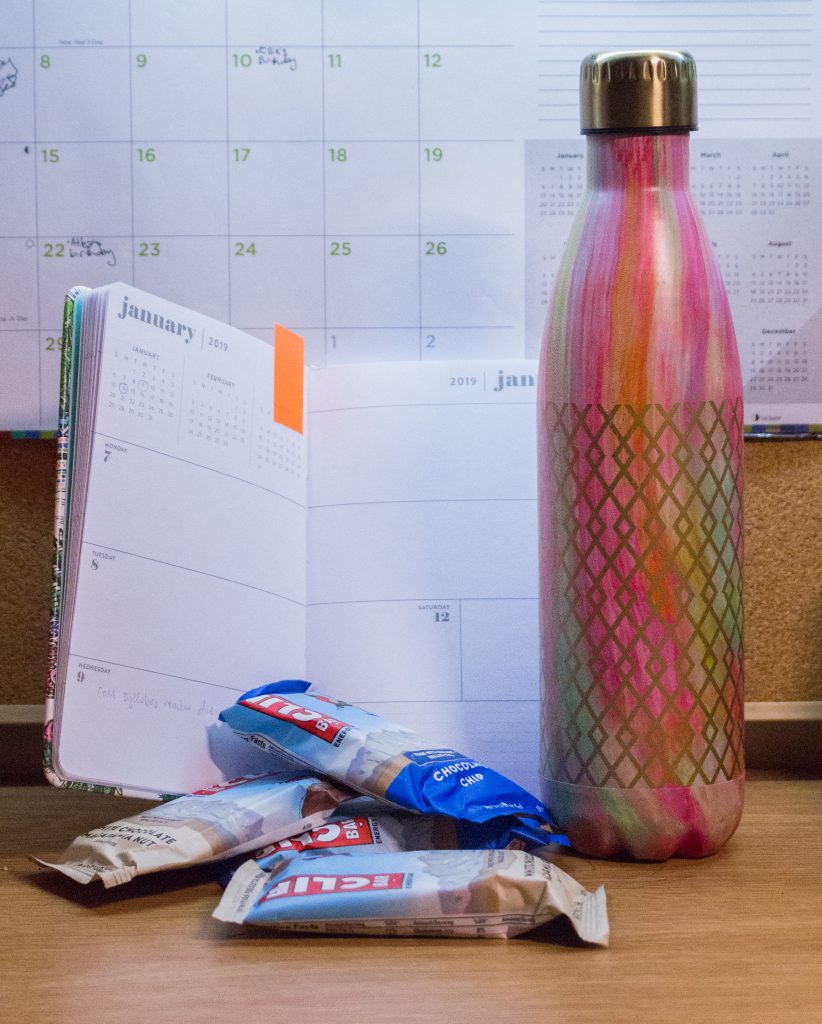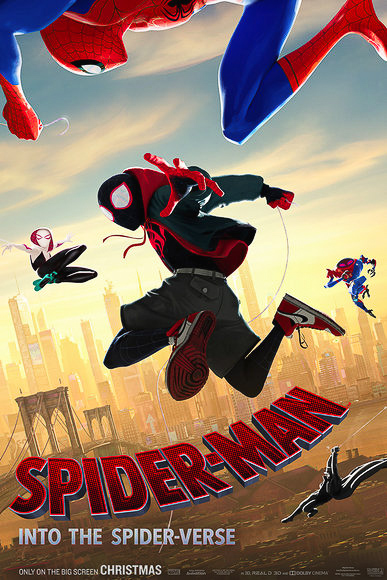
Bailey Thompson | News Editor
The National Student Exchange is a collegiate study away program that gives students the opportunity to pursue new academic, personal and professional experiences at one of 165 institutions within the U.S., the U.S. Virgin Islands, Canada, Puerto Rico and Guam.
For students at Western, the requirements to participate in this program are to have a 2.5 GPA, to be in good standing at Western and to have at least 45 credits completed. If these are met, there is a three-step process to participate in NSE: research different universities, apply, and get placed.
To help students learn more about available school, Western’s NSE Coordinator Emmanuel Macias shared that there is a comprehensive resource online which offers an overview of different locations.
“The website nse.org is really helpful because, when you click on it, it has the map of the United States and all of the universities,” said Macias. “If you click on a university, it’ll give you a profile with all kinds of information about them.”
Through NSE, students have the choice of universities with a variety of cultures, sizes, structures and locations that can provide them with whatever unique experience they are looking for. And on top of that, students confer with their advisers to make sure that the courses they take will count for some course requirements that they already are working towards.
“We ensure that the classes they are going to take will satisfy something here at Western — it could be a major requirement, minor, maybe general education or elective,” said Macias. “Either way, they will work with their adviser to identify that.”
Another selling point for NSE is the cost. Students are offered two different payment plans, and they are able to choose the one that works best with their financial aid.
“Plan A means that you pay the university where you’re at, and Plan B means that you’re paying Western tuition but you’re taking classes over there,” said Macias. “So maybe students are getting Western-specific scholarships or they’re getting the Oregon Opportunity Grant. They wouldn’t be able to use that money with Plan A because their financial aid would be coming from another university, but under Plan B everything would stay the same because the money would come to our financial aid office.”
For any students who would like to learn more about NSE at Western, they can go to nse.org or find NSE on social media: @NSEWOU on Facebook and @wounationalstudentexchange on Instagram. Students are also encouraged to attend the final information session for NSE on Jan. 17 at 10 a.m. in the Rogue Room or to visit Macias in his office in the Vice President for Student Affairs Office, both of which are in the WUC.
Contact the author at howlnews@wou.edu
Photo courtesy of Bailey Thompson


